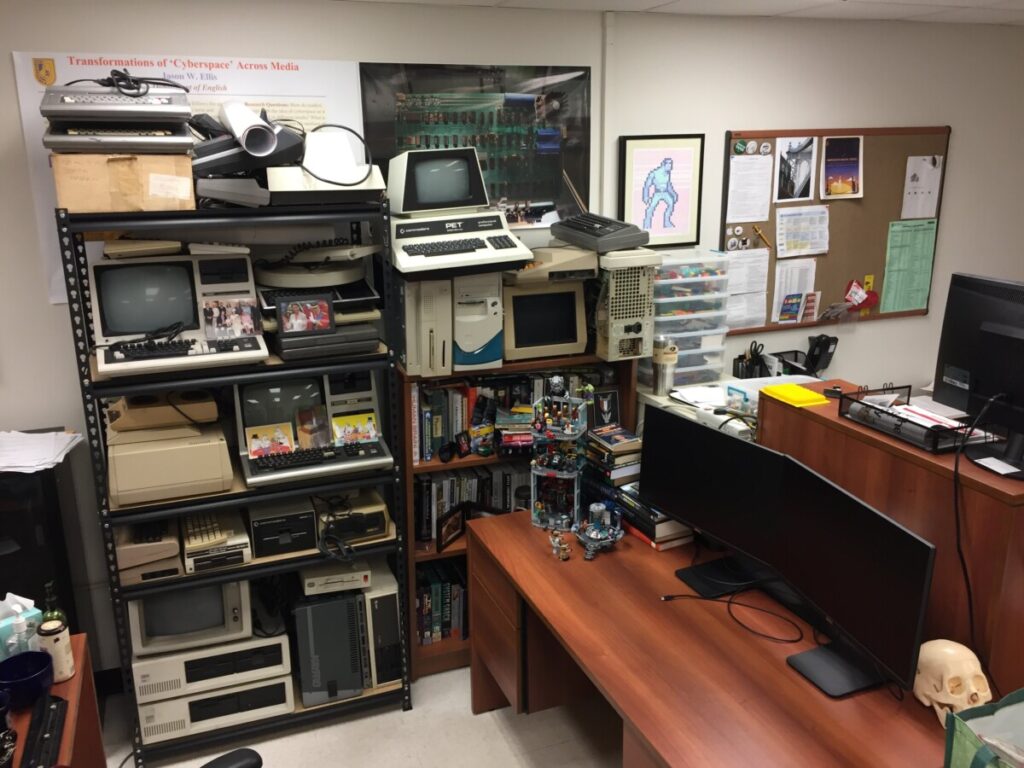This week’s Weekly Writing Assignment has two parts: one part that you will submit as a comment to this post by next week and one part that you will develop on your own in preparation for next week’s Weekly Writing Assignment.
First, the part that you turn in this week is a sampling of your research. I would like you to add a comment to this post with three quotes from your research with parenthetical, in-text citations and the three bibliographic references for those quotes. For this task, you do not need to format it as a memo. The quotes, citations, and bibliographic references is all that I need to see. This will show me that you are doing the important research needed for this project. These quotes and references should go eventually into your 750-1000-Word Expanded Definition Project. Your comment should look something like this with the information filled in:
“This is a quote” (Author, Year, pp. pages).
Author, A. A. (Year). Title of article. Title of Periodical, volume number(issue number), pages. https://doi.org/xx.xxx/yyyy
“This is a second quote” (Author, Year, pp. pages).
Author, A. A. (Year). Title of article. Title of Periodical, volume number(issue number), pages. https://doi.org/xx.xxx/yyyy
“This is a third quote” (Author, Year, pp. pages).
Author, A. A. (Year). Title of article. Title of Periodical, volume number(issue number), pages. https://doi.org/xx.xxx/yyyy
Second, you should begin writing a first draft of your 750-1000-Word Expanded Definition Project on your own. I don’t need to see this yet, but you will use it for peer review and next week’s weekly writing assignment. It’s important to write as much as you can. In the lecture, I mention how important it is to spend time doing the research first to locate definitions to quote through the library and then find sentences using your term to quote in library and web-based sources. Below, I am including a general format of your Expanded Definition Project memo. Feel free to copy-and-paste it into the document that you are writing as your first draft. Delete my text as needed. Also, the bracketed text for headings should be removed. These are guidelines for how your document should look when you submit it in a couple of weeks.
Your Name’s Expanded Definition of YOUR TERM [Title for your OpenLab Post]
TO: Prof. Jason Ellis
FROM: Your Name
DATE: Due Date
SUBJECT: Expanded Definition of YOUR TERM
Introduction [Heading Level 2]
What is the purpose of this document? What term are you defining? How are you discussing the way it is defined and the way it is used in context? Describe a road map for what follows (definitions and context). This content should be published as paragraphs, unlike the heading for this section, which is a level 2 heading.
Definitions [Heading Level 2]
Quote several definitions of the term that you selected. Provide quotes and parenthetical citations for each definition and include your sources in the References section at the end of the document. Each definition that you include deserves discussion in your words about what it means and how it relates to the other definitions that you include. Consider how they are alike, how are they different, who might use one versus another, etc.
Context [Heading Level 2]
Quote several sentences from a variety of sources that use the term in context. A range of sources would provide the best source material for your discussion of how the term is used in these contexts. For example, a quote from an academic journal or two, a quote from a newspaper or magazine, a quote from a blog, and a quote from social media would give you a range of uses that might have different audiences. For each quote, you should devote at least as much space as the quote discussing what it means in that context and how it relates to the other quotes in context. Each quote should be in quotes, have a parenthetical citation, and a bibliographic entry in your references at the end of your document.
Working Definition [Heading Level 2]
Based on the definitions that you quoted and discussed, and the contextual uses of the term that you quoted and discussed, write a working definition of the term that’s relevant to your career field or major, which you will need to identify (this is the specific context for your working definition).
References [Heading Level 2]
Order your APA-formatted bibliographic references by the author’s last name, alphabetically.





